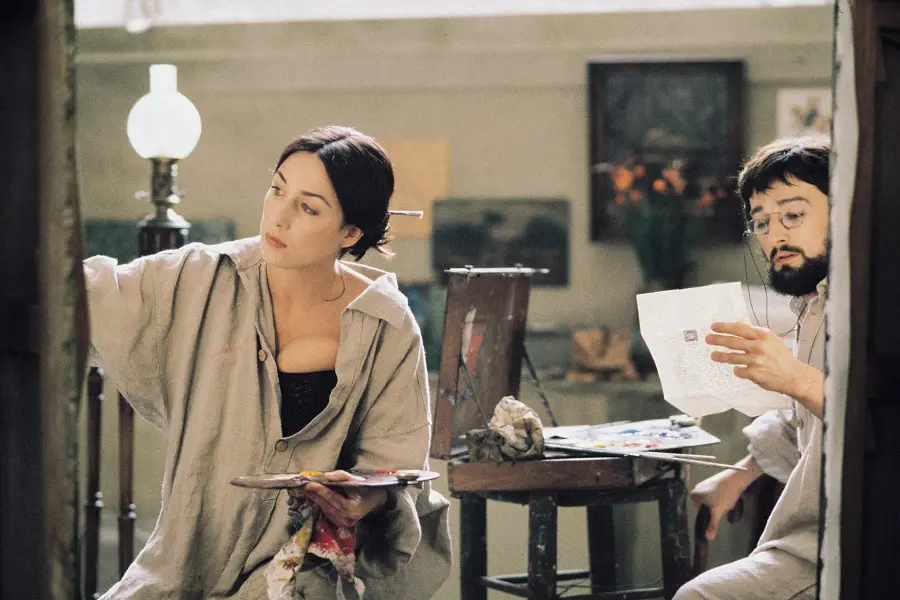The biopic about the life of the French artist Count Henri de Toulouse-Lautrec is an entertaining and enjoyable movie. At times, it is almost vaudeville. It is likely that Lautrec himself would be the first to applaud such a genre: he adored Montmartre dancers and singers, strong cocktails and masquerade, dirty street songs, ballads about poverty, meanness, love and passion.

The director and screenwriter of the film is Roger Planchon, the man who directed the plays of Moliere, Shakespeare and Brecht all his life on the stage of French comedy theatres. He worked much less with cinema: he only shot three films. Well, one of them, Louis, the Child King, got into the program of the Cannes Film Festival. Planchon’s latest film, Lautrec, is a hymn to his theatrical experience: loud cues, expressive facial expressions and wide gestures by actors, terribly charming characters. Even desperate, sottish and slowly going mad, Lautrec managed to flaunt in a snow-white shirt and pince-nez. Except that his hair was a little tangled.

The main plot line is the love story of Henri de Toulouse-Lautrec and Suzanne Valadon, the famous model who posed for many French artists (Renoir, Puvis de Chavannes, Degas), and then she began to paint and was a rather bold and successful artist. It was Toulouse-Lautrec who accidentally saw her drawings, admired and advised to show them to Degas. Lautrec was the first to believe in her as an artist. But if you believe the Planchon film, it might seem that Valadon was the artist’s only tragic love, hot-tempered, skittish, cruel, but extremely important for him. In fact, they had a rather long relationship, which, however, did not stop Lautrec from falling in love with other women nor spending months in bawdy-houses.

A still from the movie: Lautrec is sketching in a cafe chantant

A still from the movie: Lautrec receives his first print of the famous poster
for Moulin Rouge
The real luck of Lautrec is the secondary characters. All those Montmartre singers and dancers who are mainly known to us from his paintings: La Goulue, Yvette Guilbert, clowness Cha-U-Kao. The role of Aristide Bruant was played by the famous French comedian Jean-Marie Bigard; in addition to the amazing portrait resemblance, he made a vivid image of the scandalous Le Mirliton cabaret owner, who got famous for swearing hard his visitors with gusto. Generally speaking, the whole part of the film, which is associated with the popular Parisian institutions of Montmartre, are very saturated and atmospheric: they feature vaudeville, loud swearing, and theatre gestures.

Stills from the movie
However, the director also included quite famous figures in the movie, who got very lightweight and unusual actions and characters, for the company. In the film, the good old Renoir miraculously forgot about his painful arthritis that turned his everyday life into torture. Van Gogh was left a set of media features of an unrecognised genius, a thoughtful, focused, very attractive seeker of truth. But Degas, grumpy, biliary and adamant by the end of his life, let himself go here: he could even peep out the doorway and playfully wink at a crowd of young artists. And then look again and wink. In a word, all characters are fictitious, no identification with actual persons is intended or should be inferred.


























